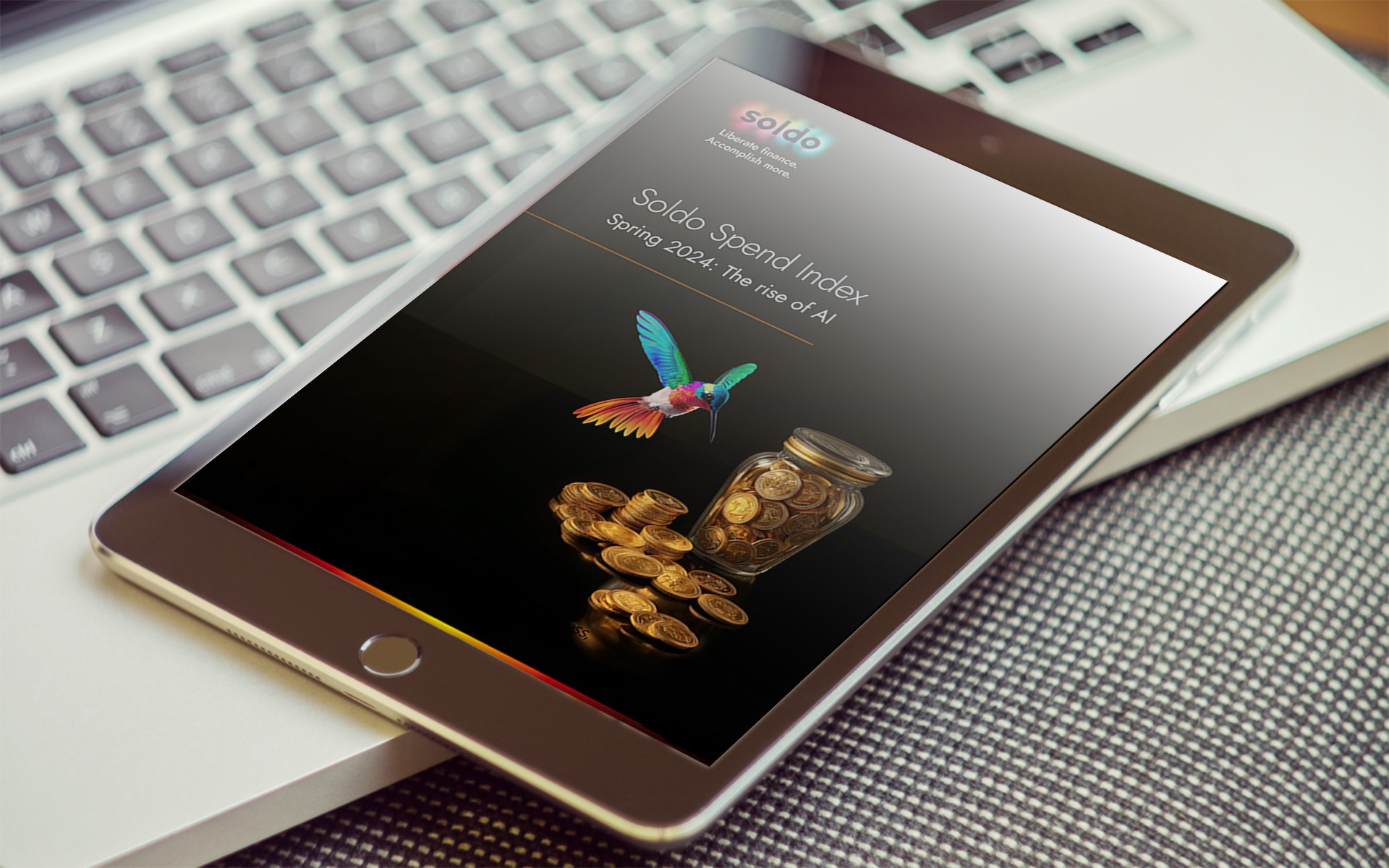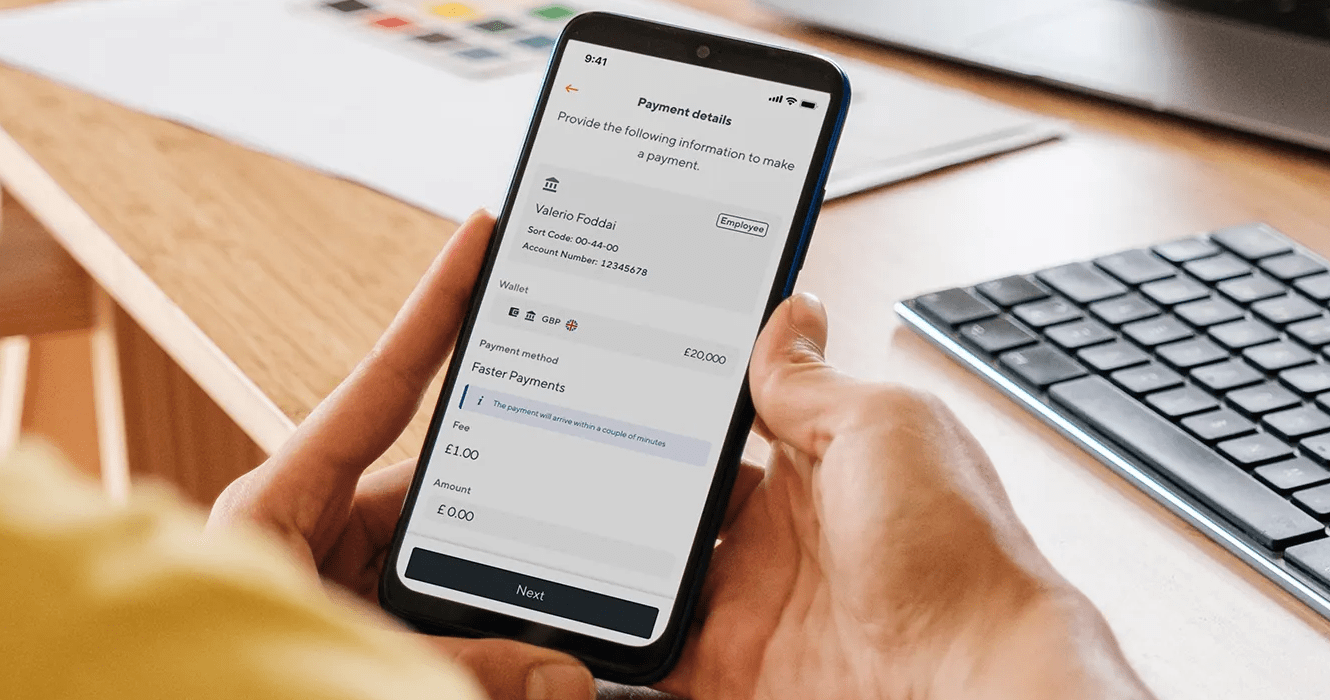How to choose the right business software for your organisation
Business software is an essential part of your operations. These tools keep track of your finances and help you to manage projects, tasks, inventory and budgets. They also automate the most time-consuming processes in the business, improving your underlying productivity so you can grow and scale up.
But with so many different kinds of software and vendors out there, how do you know which ones are the right fit for your app stack? Here are some tips for selecting the best business software for your needs.
We’ll explain how to:
- Define your specific needs and budget
- Research your business software options
- Test drive the business software before buying it
- Make your decision and sign up to a subscription
Define your specific needs and budget
The first step in choosing the right business software is to figure out the particular needs of your business – and where specific software tools are needed in your organisation’s toolbox.
Start by asking these questions:
- What are the biggest pain points in the business, and how could software solve them?
- Where would we benefit from better data and management information?
- Which processes could be automated, and how would this improve our performance?
- What software could give us a competitive advantage over others in our market?
It might be that you need an accounting solution like Exact Online, Xero, NetSuite, QuickBooks, or Sage to enhance your financial reporting and management. The business may need a project management system such as Trello, Monday and ClickUp to help certain teams track tasks and timelines. If you need greater visibility and control over company and employee spend, then it’s worth looking into an expense management platform like Soldo.
In short, it’s about knowing where you need software support, and how the features and capabilities of an app will help you become a better and more efficient business.
It’s also important to think about budgetary constraints and whether you have the cash to invest in new business software. Any tool you choose has to get the job done in the most effective way – but without subscription costs that end up breaking the bank.
Research your business software options
You’ve decided what type of business software you’re looking for. And you’ve mapped out a budget that allows you to purchase the most important tools. The next step is to start researching the different solutions that are currently available on the market.
Read through reviews and customer feedback to get an idea of which products may be worth investigating further. Talk to peers from your network to see if they have any recommendations. And visit tech conferences to get demos and hands-on overviews of the apps in your short list.
Make sure to research:
- The main feature sets of each software solution and how they meet your requirements
- How easy the software is to use and whether training and onboarding is offered
- What integrations are offered for connecting to other systems, apps and platforms
- The pricing models and which level of subscription plan you’re likely to need (and afford)
- Ratings and customer feedback on the vendor’s site and other third-party review sites
- Customer service offerings and how the vendor’s help and support lines will work
By doing your homework, you get a clear overview of each product. This makes it much easier to compare each solution side-by-side before you make any purchase decisions.
Test drive the business software before buying it
You wouldn’t buy new clothes without trying them on for size. And the same applies to the business software you intend to sign up for. Getting hands-on with the product before you buy is essential, and can stop you making a purchase that fails to deliver on its promise.
Most software vendors will offer free trials or demos of their products. This is your chance to get familiar with the features, the user interface (UI) and the user experience (UX) before committing to a subscription plan. Take advantage of these opportunities.
Test driving different solutions helps you see:
- How user-friendly the UI is and whether it delivers the UX you’re looking for
- If the software has all the main features you need from this solution
- Whether the software delivers the end results you’re hoping for
- If the app integrates well with your other digital and legacy systems
- If there’s a marked difference between the ‘before and after’ when using this solution
- How easy the software is for other stakeholders to use
Make your decision and sign up to a subscription
Doing your research and getting some hands-on time with the product is all time well spent. But, eventually, there’s a decision to be made – are you going to buy this software or not?
Deciding whether to sign on the dotted line is a big decision. Ultimately, it’s about weighing up two different sides of the scale:
- What are the core benefits of having this digital software tool in the business – and does this particular product deliver the end results that the business needs?
- How much are the ongoing costs of subscribing to a software plan – and what will the learning curve be for you, your team and your wider stakeholders?
If the advantages the business software delivers outweigh the monthly costs and onboarding time, you’re probably onto a winner. But, as with all changes to your operational systems, there’s only one way to find out if this is your new software saviour. That’s to put it to use and gauge what return on investment (ROI) you get on a day-to-day, month-by-month basis.
Selecting the right business software takes patience, research and the correct due diligence – but following these steps should put you on the path towards finding the perfect fit. When you have the right tools in your app stack, you give your organisation the best possible chance of creating a meaningful competitive advantage.
Visit our blog for more articles like this one or subscribe to get them direct to your inbox. Find out more about Soldo here.







